A new technological revolution is upon us: transportation is going electric, energy production is shifting to renewables, AI is already here, and Web3 is coming sooner than most people think.
It is a turning point for talent acquisition with new specializations popping up each year and an ever-increasing skills gap. Companies can only move forward based on the merits of their tech talent, and technical recruiters are the only people who can help find them.
That is why we created the Tech Recruiting Times. We wanted to fill the gap of content for tech recruiters and engineering leaders and help prepare the people on the front lines of these changes.
Every two weeks we will offer advice, opinions, and breaking news through interviews with the industry’s leading professionals.
We hope you enjoy this week’s issue!
This week’s topic
How can TA organizations in growing industries best prepare for 2023?

This week’s guest: Mike Germano
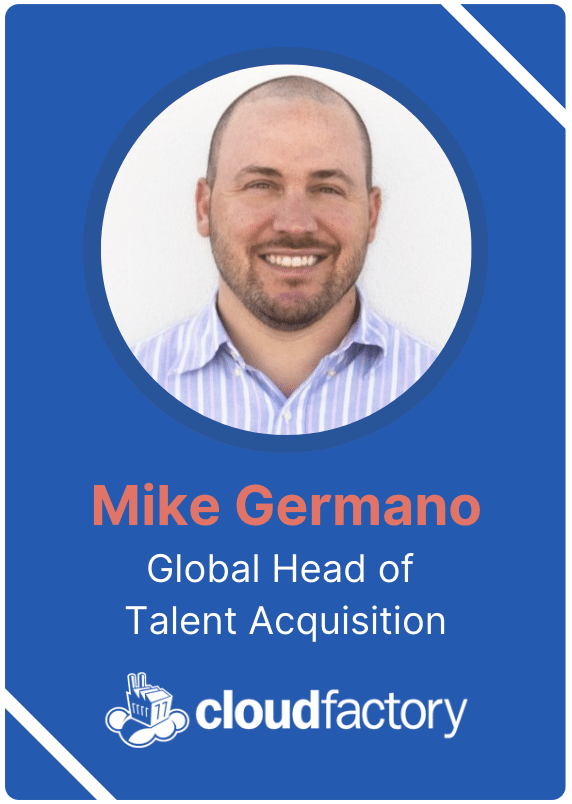
Mike Germano is the Global Head of Talent Acquisition at CloudFactory. He has over 15 years of experience in the technical recruiting field where he has sourced and hired for companies like Belkin, Magento, Direct TV, and Uber. Since rising through the ranks of Recruiter, he was the Principal Talent Acquisition Partner & Sourcing Manager for Ticketmaster before joining CloudFactory.
Mike now spends most of his time building international teams at CloudFactory, hiring skilled professionals in Nepal and in Eastern Europe. Mike is a machine learning and data science enthusiast and is also a member of the Talent Acquisition Leadership Keynotes (TALK) community.
1. In these uncertain market conditions, how can you create a flexible hiring strategy for an industry that still might be growing?
I think the fundamental impact, especially in these crazy times, is ensuring the Talent Acquisition organization is aligned and connected to the leadership and the direction of the business.
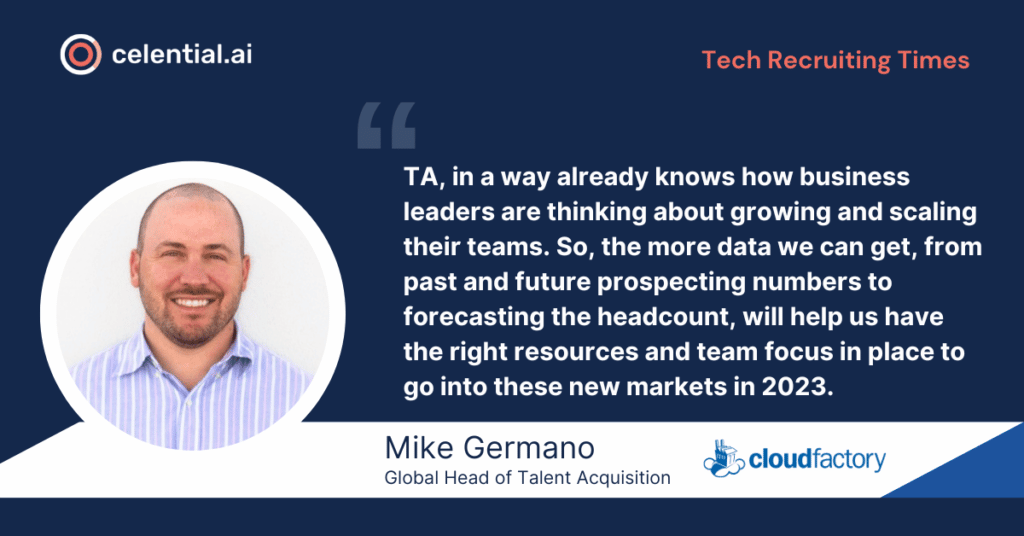
TA, in a way already knows how business leaders are thinking about growing and scaling their teams.
So, the more data we can get, from past and future prospecting numbers to forecasting the headcount, will help us have the right resources and team focus in place to go into these new markets in 2023.
But you also have to be flexible about what your processes are. You don’t want to have an over-inundated, long drawn-out interview process.
I know, sometimes, some companies do maybe three steps, four steps, or five steps. So, you have to find what works for your company, and if it’s still adhering to having a well-structured interview process.
It’s not always a straight line, there are candidates now where you could go off the rails a bit, but you should always be able to come back to a streamlined process.
Training is also important. Before this year ended at Cloudfactory, we did some interview training and frontline manager training, and we’re trying to implement best practices and partner with our recruiters. We want to get the most out of the engagement between our recruiter and their hiring manager and follow a defined interview process.
TA organizations across companies will have to be able to pivot and be flexible about what the market data is showing. Companies are trying to find their way and especially if they are growing into a new innovative industry where changes are commonplace. We’re an AI company, and there are new advancements in AI every month that impact our company, and our clients.
We have to stay nimble with that. Now, if you’re in a more traditional industry like banking that’s been around for years, you’re probably not going to change that much of your recruiting process right now. They will probably freeze hiring.
But they should, and any industry during these times should have good processes and engagement strategies in place. You need to understand who you are, and how to approach new marketplaces, so you can adapt.
2. There’s also a new demand for very specific roles, specifically in the AI space, such as machine learning or natural language processing. How do you research ML and NLP engineering candidates?
I think it has to start with understanding what you have available, as far as research capabilities and resources. If you’re a TA leader within a larger organization, where you have sourcers and recruiters that have the bandwidth, they should really start to dig into the market. They should research what companies are hiring these types of AI talent and which markets they are hiring from.
Then try to reverse engineer that.
Find out if they’re hiring, let’s say Golang developers, they probably have Golang developers that you can recruit. Then you can build a target list.
You can even go deeper in your research by understanding what tech stack is needed for the specific role of these companies and if there are any synergies with your own openings. Find out if it’s new or old and then join communities that are based around those specific knowledge areas.
It’s also important to understand where AI and ML talent go. What outside or inside partnerships or internal resources do companies use to find them? Where do they go to exchange ideas, and what groups are they part of online or in person?
Employee referrals are another very important asset because if you hire one person that has an AI or ML background, chances are they know two or three more. If you hire someone from another company, chances are they have developed their skills, they have the training, or they have those specific skill sets, that give them more upside.
If you don’t have a larger TA function, you have to be flexible now, and figure out what strategic partnerships you can find.
There may be recruitment firms that specialize, in this type of talent, and you have to make sure you’re partnering with the right ones that can validate their candidate’s experience.
Then if you are completely remote and can hire from anywhere, you have to think about how to get your reach into new countries, when you aren’t physically there. You normally don’t have a built-in network of AI talent in Poland, Romania, or Germany. So you have to rely on some partners that can get your foot in the door for understanding the landscape and talent community.
So it just really depends on how you use the resources that you can deploy. Then understand the business, what its needs are, what type of technology the leaders are looking for, and its vision.
Now you can go into these new markets, and be able to assess the supply and demand numbers. Are there too many candidates for too few jobs, or the other way around, is this even the right city or country?
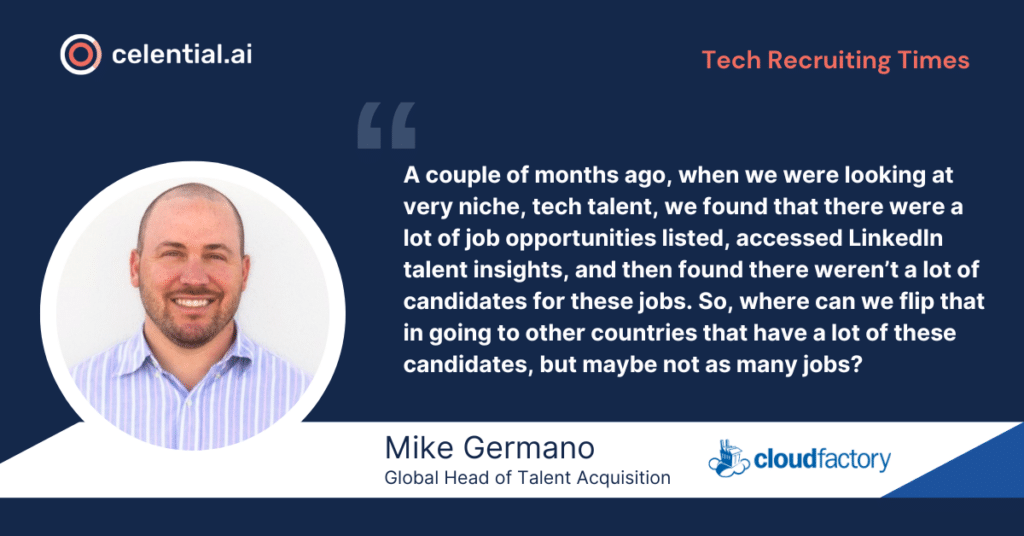
A couple of months ago, when we were looking at very niche, tech talent, we found that there were a lot of job opportunities listed, accessed LinkedIn talent insights, and then found there weren’t a lot of candidates for these jobs. So, where can we flip that in going to other countries that have a lot of these candidates, but maybe not as many jobs?
Now, you have to ensure that you are prepared to hire in those countries through contracting, or third-party partners, and always by having an employer of record partner.
It does add a little bit new of an infrastructure impact because you can’t go into these countries and hire if you don’t have an entity already built-in. Or you don’t have the taxes applied. It’s a whole other deal, but it’s worth exploring, especially if it’s part of your growth plan.
3. How do you establish a connection with in-demand software engineering talent in the initial conversations?
I’ve been doing this for 20 years now, and I still revert back to my, old-school’s way of doing agency recruitment. Business development, building relationships with candidates, cold calling, and talking to candidates.
There are a lot of recruiters that I’ve hired and trained who are scared to actually talk to people and want to do everything through email. That can be good to get the intros going, but once you get candidates engaged with you and your hiring process, human connection is key. Doing video calls and having personal interactions will help you understand what’s motivating these candidates.
Once you get into these conversations, you also have to understand what your value proposition is, as a company, and what your value proposition is within that department.
Being able to explain how your hiring managers will train, develop and lead their team, are a good selling point. If you don’t have your hiring managers advocating for the company, the team, and the job, then it is going to be a challenge.
When you’re trying to recruit engineers, especially in high-demand areas, you have to understand what their motivation is and what they are interested in. Then you have to be able to explain if there is something in place in your company that connects with that motivation. If you don’t then it is not going to be a good fit.
You also want to understand what they are interested in building. What are they going to be working on in your open role and what tools do you have to see if there is alignment?
As a kid, you have a sandbox and a bunch of toys in your sandbox, right? You have to ask yourself as a company do we have enough toys in our technical sandbox, to keep engineers intrigued and wanting to learn a new advanced skill? The majority of engineers always want to work on the next coolest thing, so can you offer that to them?
You have to stay on top of trends and the next cutting-edge technologies like AI or web3 and know if you are using some aspect of that. If you are, you have to find a way as a recruiter to get your engineering candidates excited about it.
If you aren’t, then you have to go back to your company’s intrinsic value. What are you building that could be interesting to a candidate? How can they contribute to society by joining your company? Is it your industry, culture, principles, or training and development?
Whatever it may be, you have to draw on your strengths, especially when you’re talking with engineering talent. However, it’s not always about compensation. You still have to compensate fairly and competitively, but you don’t have to overpay, either, if you have a lot of quality engagement from the first initial contact. If you set yourself up to be different from the 10-20 recruiters that they’re probably getting emails from on a daily basis, then you are on the right track.
Focus on the human element connection that you can drive, and just figuring out what works, being partners to the business, but also being advocates for the candidates, and supporting them through the recruiting process.
4. What are the benefits and culture that every company must have to attract and retain these professionals?
I think there’s no right or wrong answer to this. You could use the Twitter example like Elon Musk coming in and saying, “Hey, it’s my way or the highway, we’re gonna do hardcore engineering. We’re gonna sleep at the offices.”
Now some more traditionalist HR, people will react like “Whoa, whoa, you’re gonna upset a lot of people. You’re gonna, tarnish your brand.” But there are gonna be some engineers out there who want that style of working.
So, is he wrong? Is he right? It’s still to be determined, you just never know. But you have to understand as a company what you are trying to be. How do you want yourselves to be seen as an employer brand? Cutting edge with work-from-anywhere policies or more traditionalist with mandated 5-day weeks at the office?
It depends on your management philosophy and your leadership philosophy in place, and that should really dictate a lot of that direction. I think it really comes down to understanding your strengths.
Some companies are gonna lean into being a distributed team and be able to expand internationally, they’re gonna attract the type of people they want to attract. While the Elon Musk way will attract a different profile. Most likely that philosophy and the back-to-the-office mentality is probably gonna run off a lot of people, which is probably what they want to do, but there’s gonna be a handful of people that want to work with Elon Musk or prefer the office.
Most companies can’t have one way or another, so they must find that balance. At the end of the day, I think it is truly understanding what makes your company unique and working with leadership to be able to articulate their vision. Then you can address how you want to attract, engage, retain, and develop talent.
That also involves working on your employer brand and benefits even if you aren’t actively hiring right now or have a hiring freeze. Because you will have to navigate a very chaotic situation once you do decide to hire again and all your competitors start hiring as well.
So, lean into your strengths as a company culture and put your best foot forward and you will attract the type of people that want to come along with your journey.
5. Where do you see the talent market for NLP and machine learning for next year? How can technical sourcers and recruiters upskill to stay ahead of it?
You have one side where my TA community has definitely taken a big hit. I know great recruiters and TA leaders that are unemployed right now. Sometimes companies don’t always quite see the forest through the trees in the short term. They think they have to cut costs, they’re not hiring, and they question why they have a big recruitment team. That’s the same thing in other parts of the business too in uncertain markets.
But at the same time, you still have to make sure that when the market shifts, or when it comes back around that you are prepared. Are you prepared to hire in a kind of down-market but are you even better prepared to compete in a tougher, more competitive market?
I think about companies that hired right after COVID, there were many great talented people in the marketplace because they lost their jobs due to COVID. We had hundreds of people applying to our jobs that we’ve never gotten, from awesome markets from great backgrounds but we weren’t in a position to hire.
And then once COVID kind of started going away, and companies started coming back to life, we had 10-20 people applying to the same jobs. Every company will be unique with all this, but I think, as an internal TA team it is a good time to get back to basics.
Look at your fundamentals, look at your internal processes. At CloudFactory, we built our TA toolbox, two years ago to give us a talent acquisition manifesto about how we do things, and how we want to support the business. But it was two years ago, and we have had to iterate a little bit off that.
We have had to tweak some things as we’ve grown, and new nuances have gotten introduced into the business. We’re gonna go back and look over everything to see if we are ready for 2023. We have to make sure our TA organization is set up to support any sort of hiring plan.
I would recommend that people who are still employed but want to get ahead, or that are maybe looking for that next thing, especially if it’s tech and AI and ML, just become subject matter experts.
Prioritize research, the more you know about buzzwords, understand what they do, how they operate, and understand the companies, the players, and the industry, that’s going to add value.
That’s also going to be able to separate you from a lot of other recruiters that, are in the market. They might have great skills but not that industry experience. Now, I’m not a believer that a good recruiter or sourcer can only do tech, and that’s it or only software, not hardware.
I think good recruiters and sourcers can learn new industries and learn new businesses if there are good fundamentals in place. But I think what separates good from great is that little extra element of expertise.
So, if you can establish yourself as someone that understands a company’s business, market, or technical challenges, you have a great shot at succeeding in these new industries in 2023.
If they can “talk the talk” with hiring managers and candidates, they should be fine. For example, I don’t know how to code, but I know how to talk to a coder. I can speak their language, I can understand kind of what they’re doing, how they’re doing it. I can also think about how we do it at CloudFactory.
I have hired a ton of UX designers over the years and creatives, and when I look at someone’s portfolio, and I ask myself, “well, can I do that?” If I can do that, they’re probably not qualified. If it’s a really great design, aesthetics are great, and development is solid, then I know. So it’s really about knowledge and taking the time to absorb as much as possible and understand the landscape of where you’re operating.
Wrapping Up
For more up-to-date information about the state of tech recruiting, upskilling your sourcing team, and the best recruitment tech to use, check out our blog.
Interested in learning more about how Celential is accelerating the development of AI-powered solutions to tech recruiting challenges?
Table of Contents

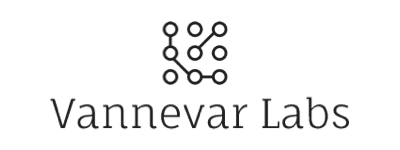
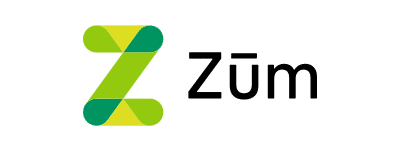


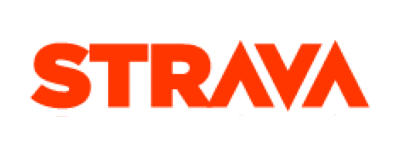

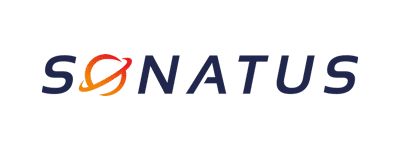
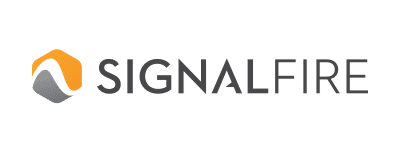
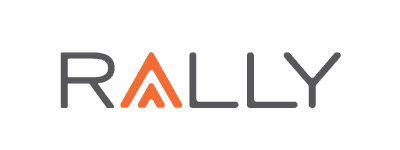

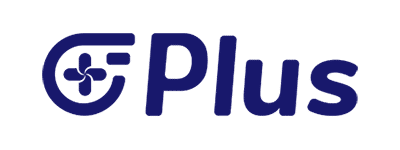
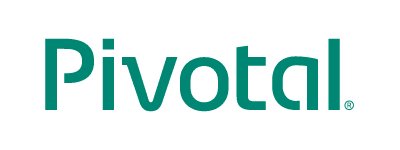
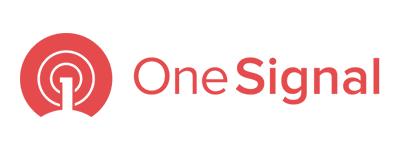

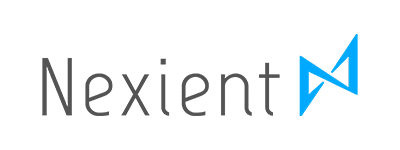
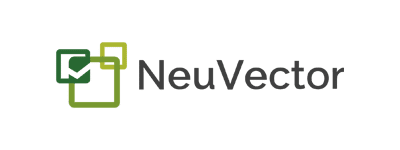
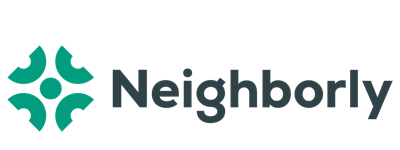
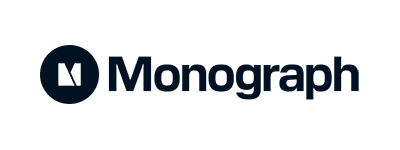
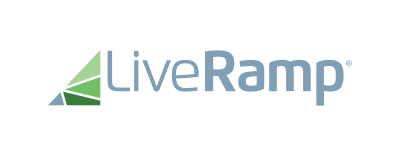
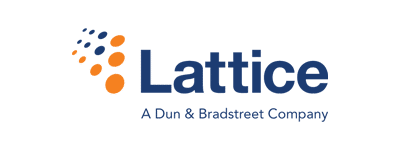
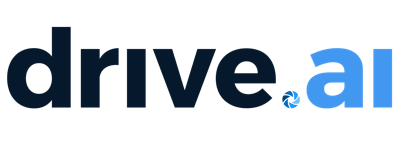



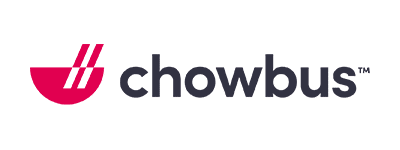
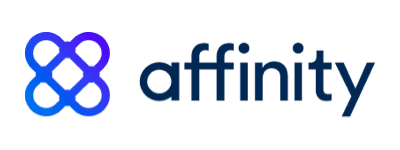

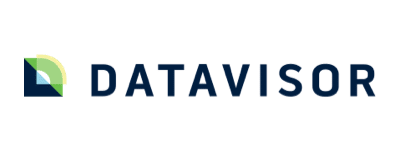
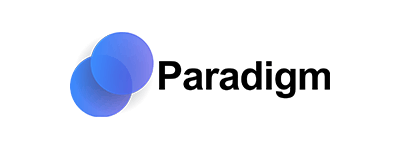
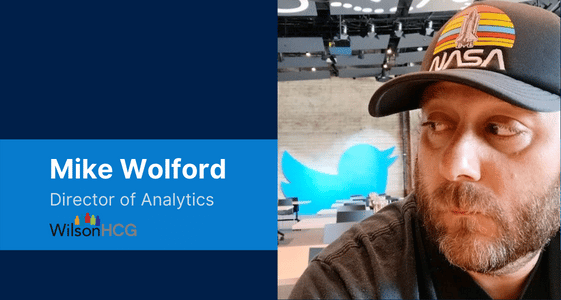
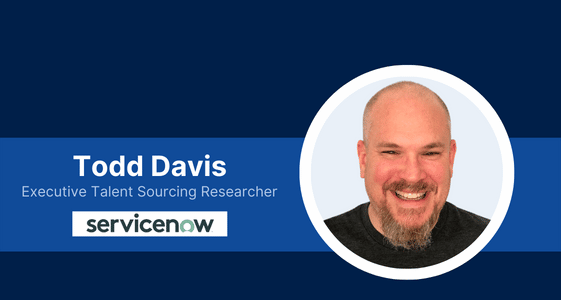

Submit a Comment